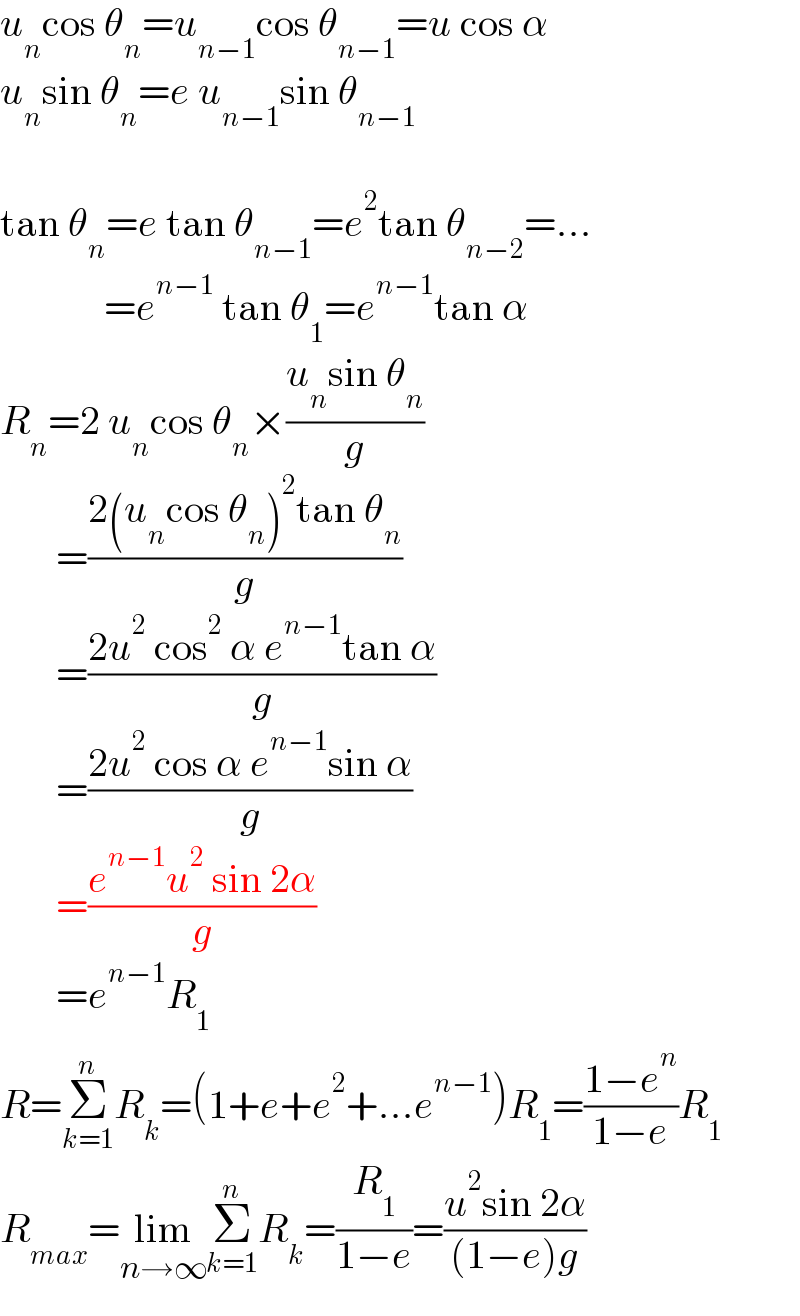
Question and Answers Forum
Question Number 137618 by I want to learn more last updated on 04/Apr/21

Commented by I want to learn more last updated on 04/Apr/21

Commented by Tawa11 last updated on 14/Sep/21

Answered by mr W last updated on 04/Apr/21

Commented by mr W last updated on 04/Apr/21

Commented by I want to learn more last updated on 04/Apr/21

